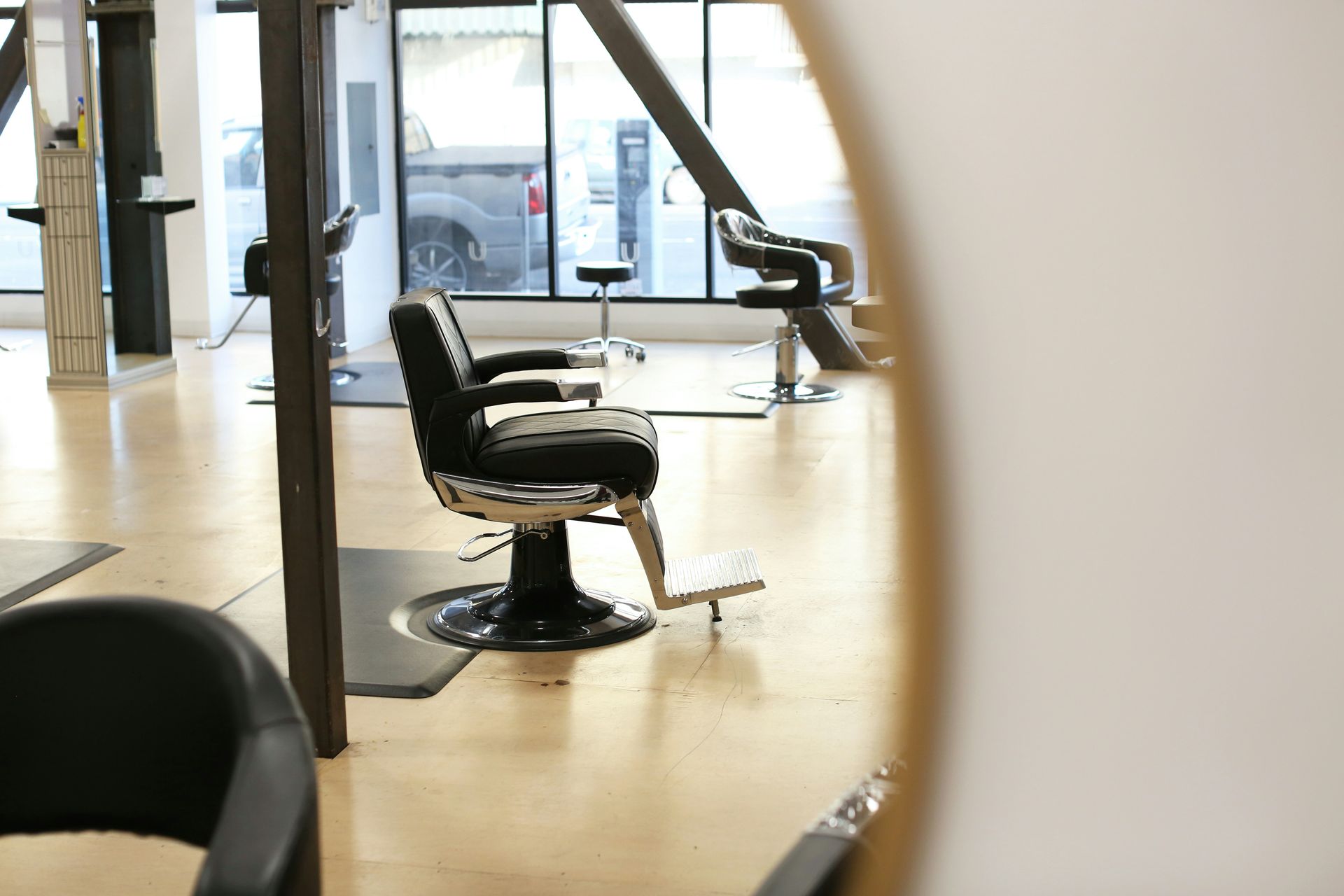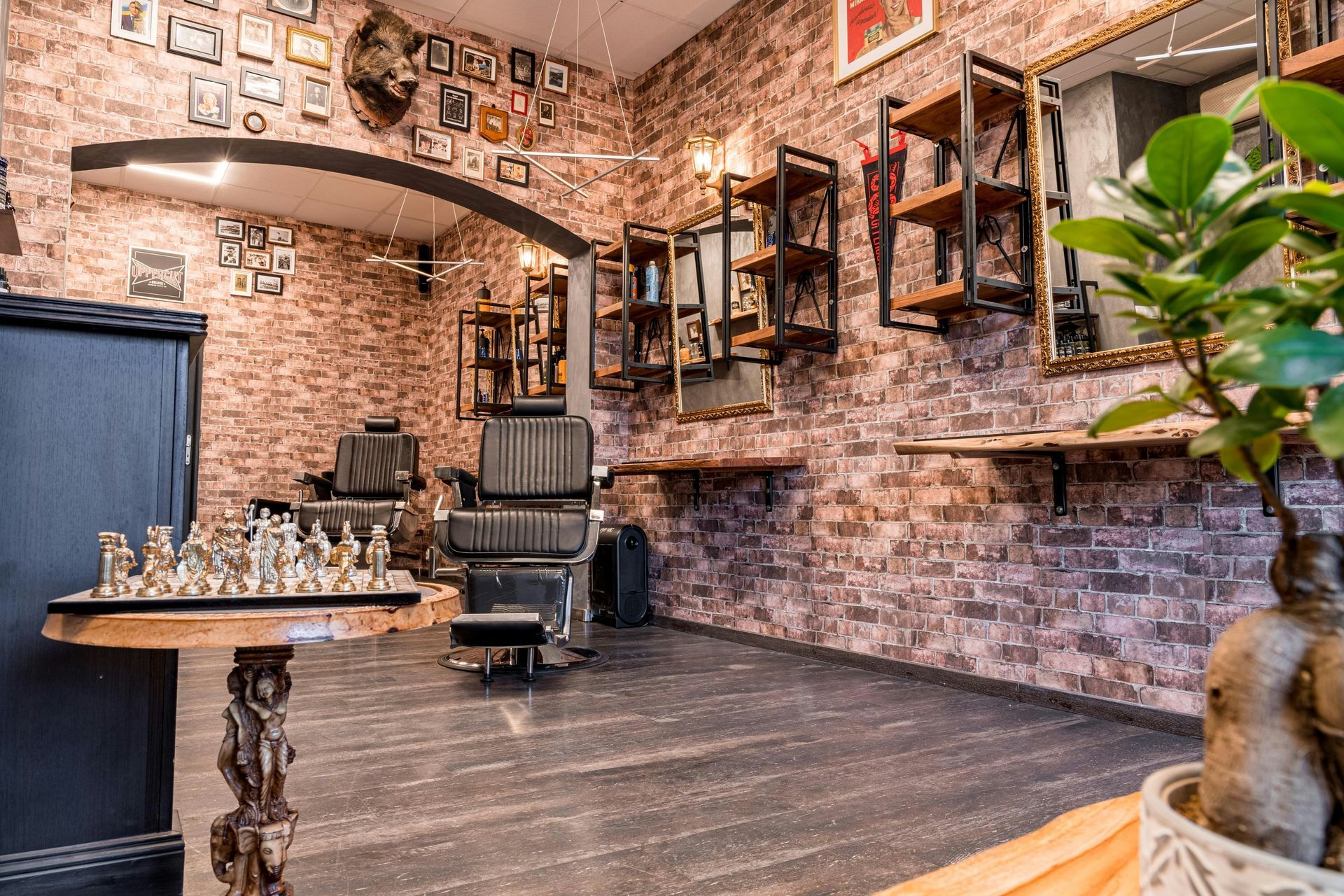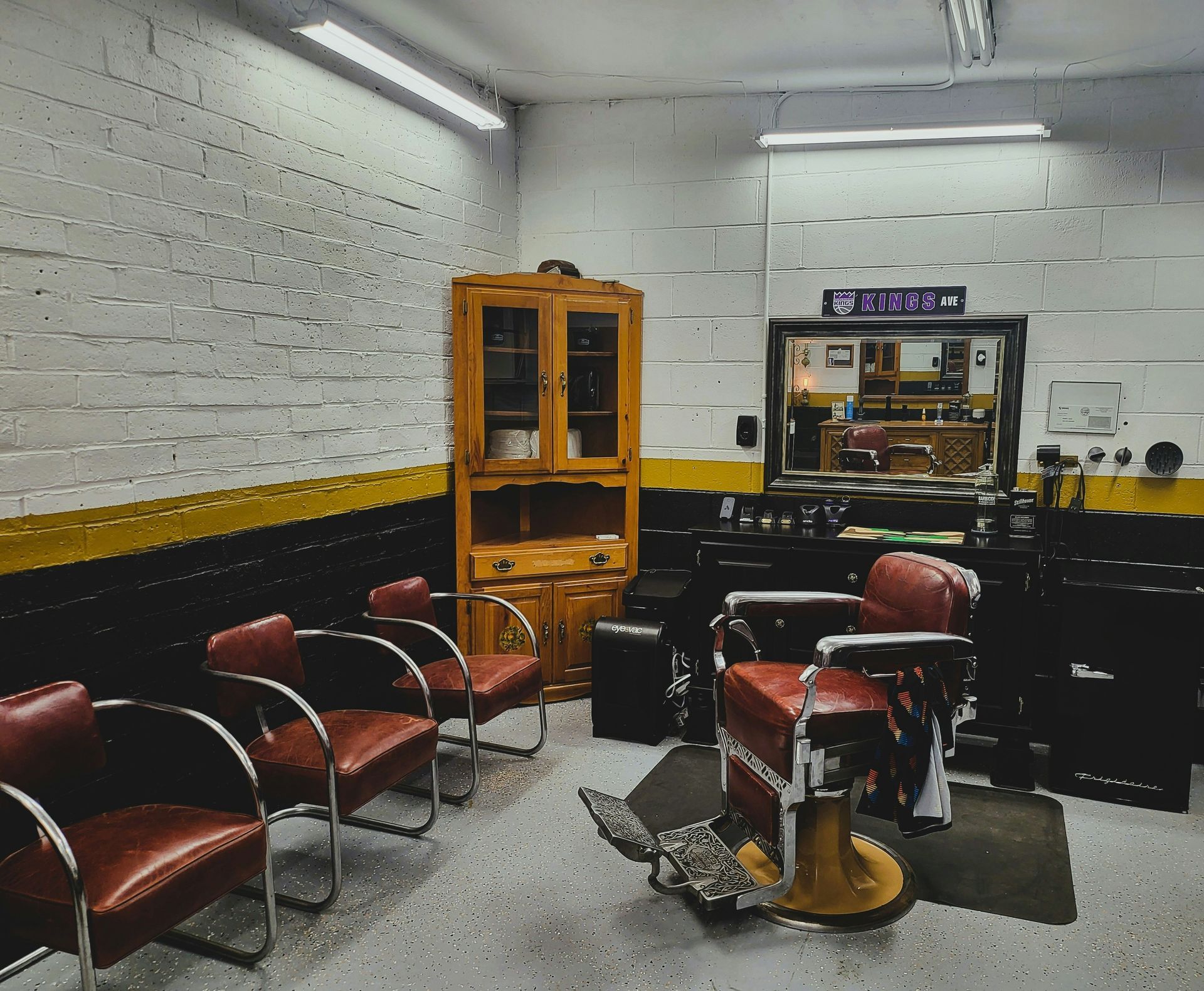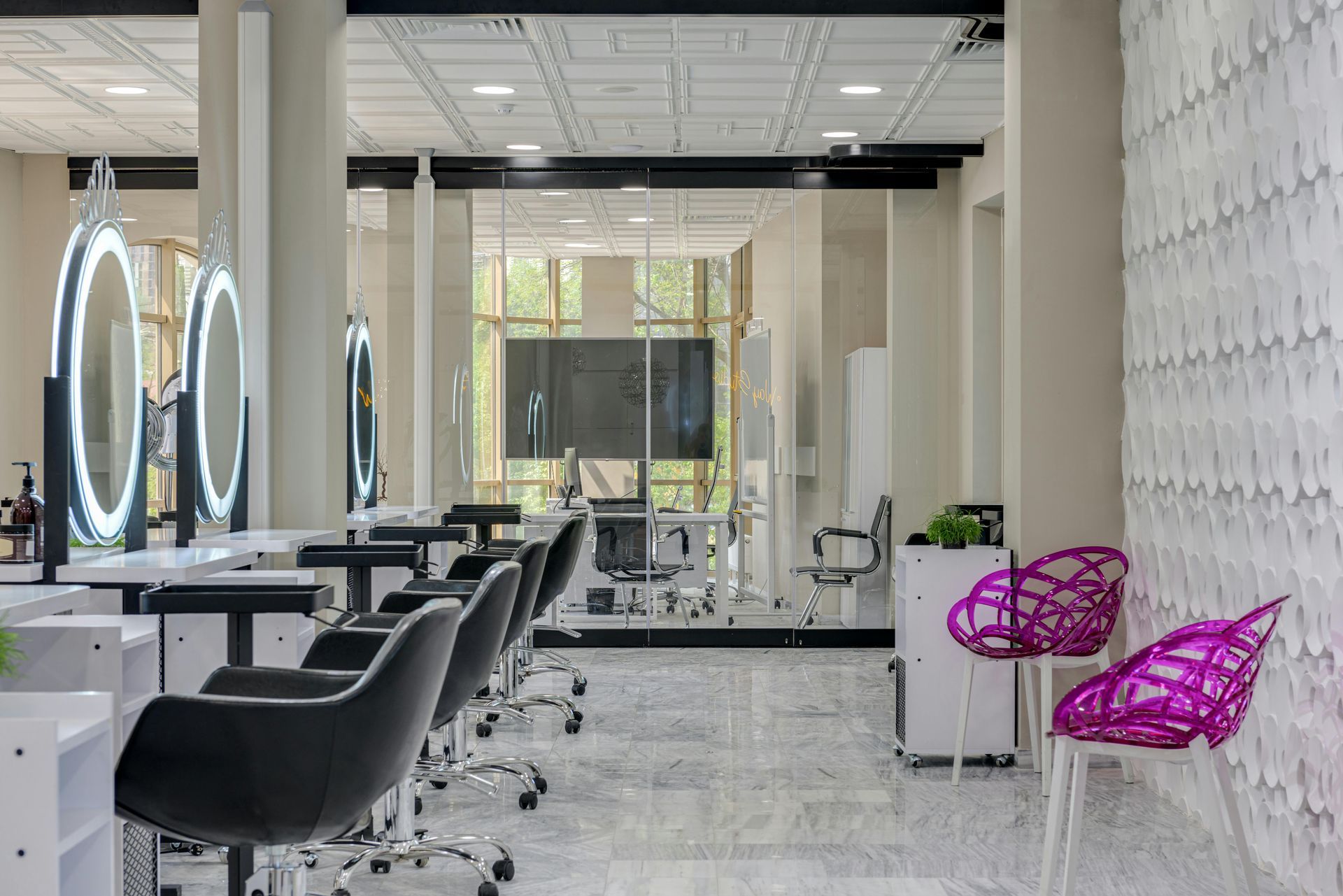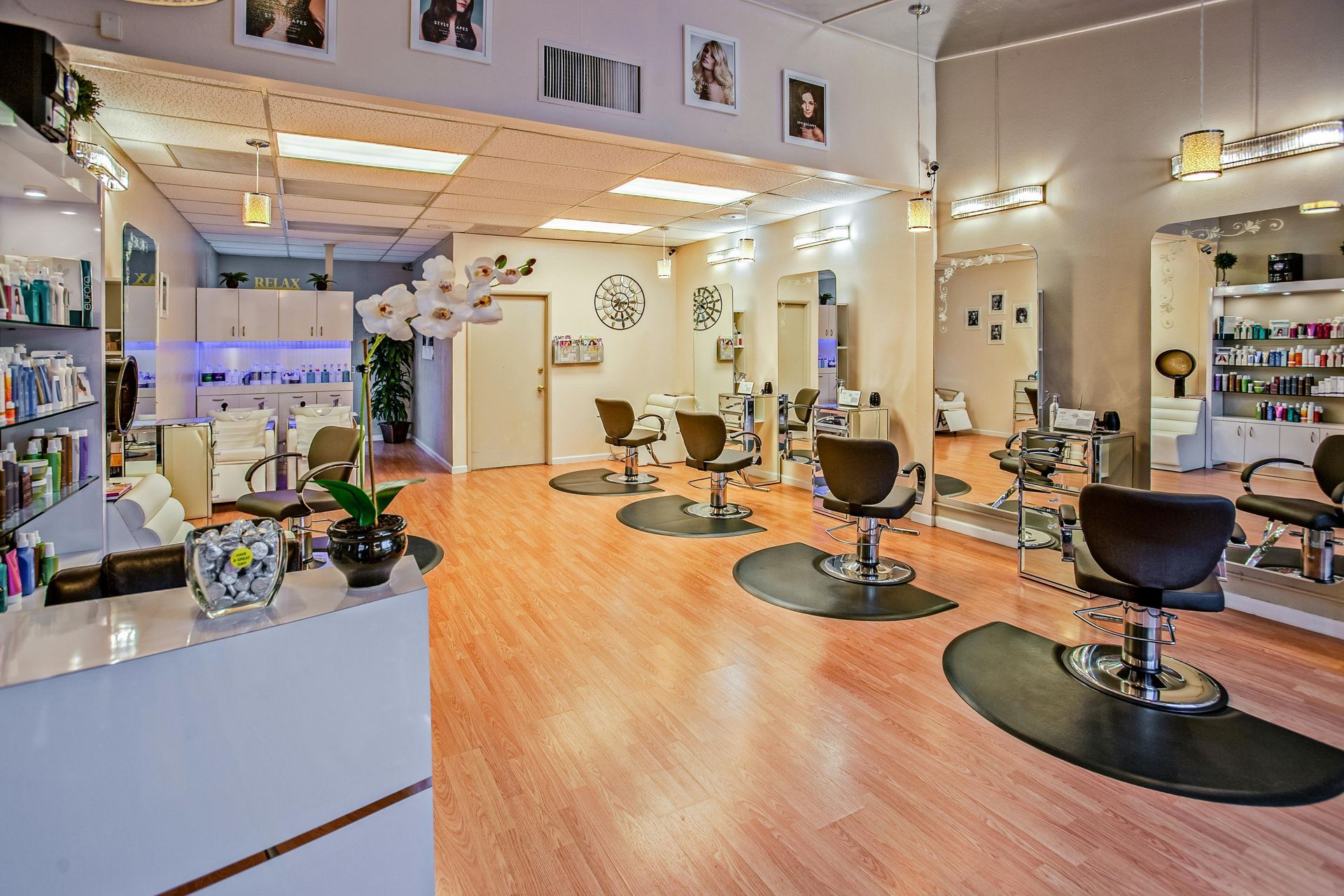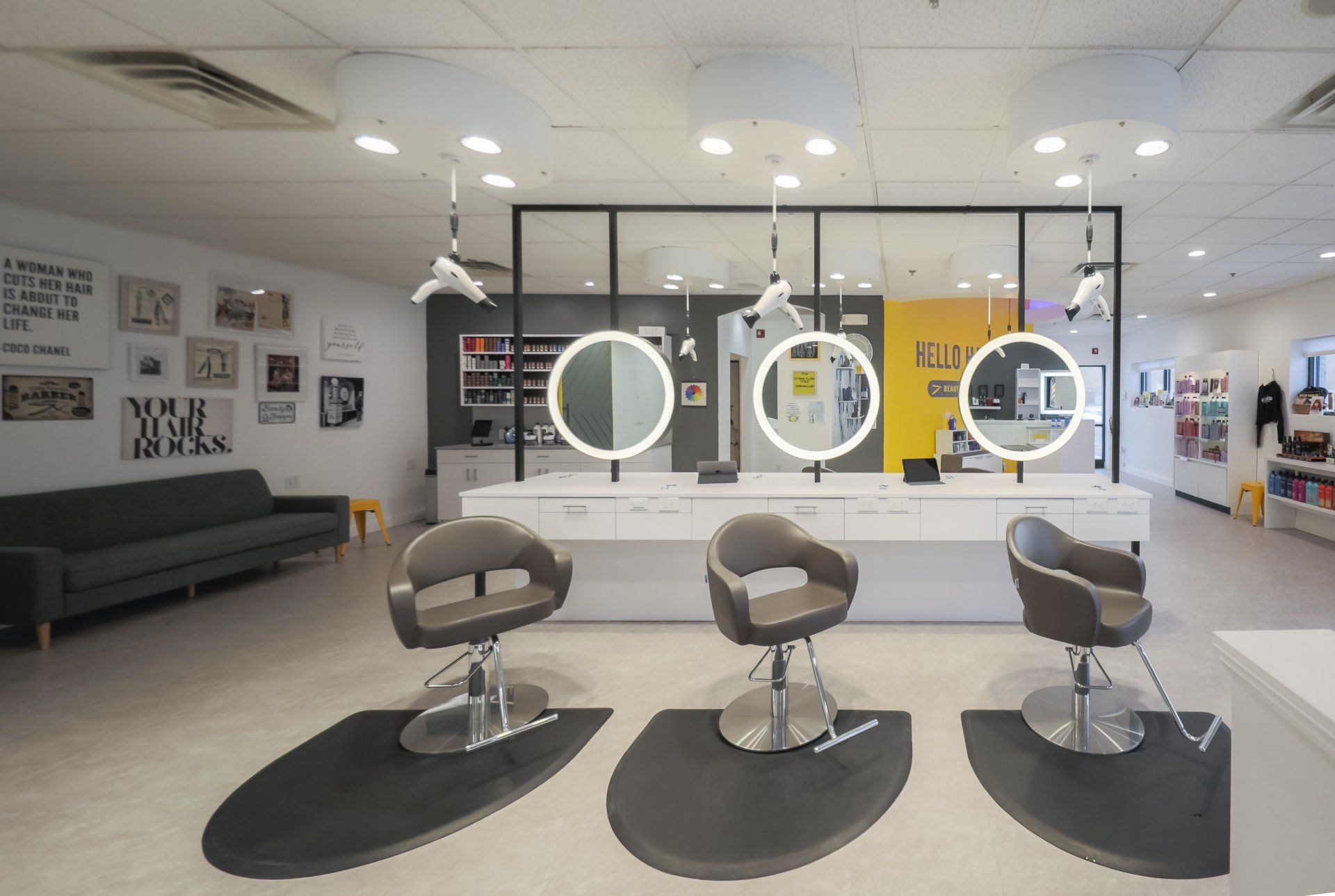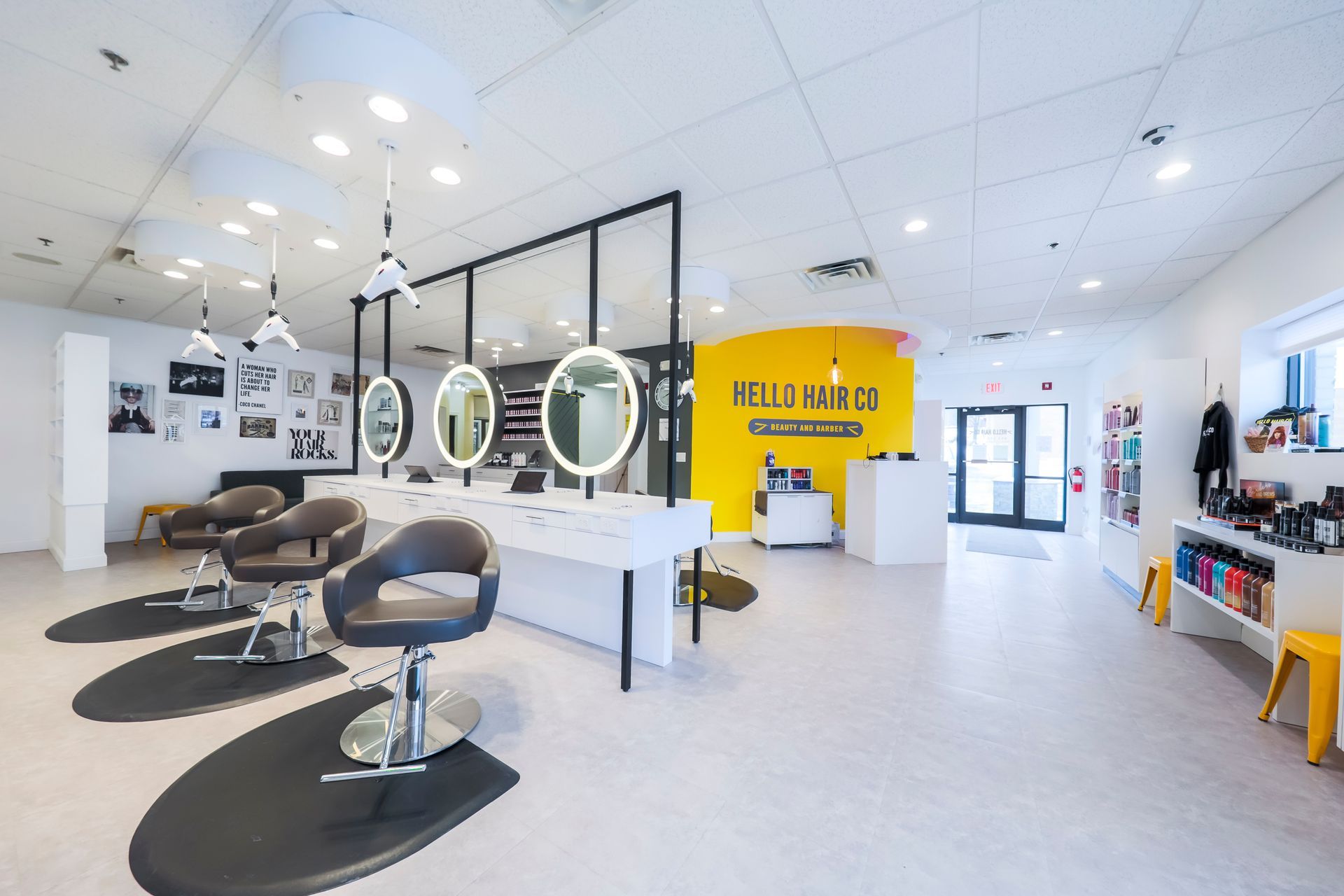A smarter, sustainable approach to growing talent from within.
Quick Answer
Apprenticeships solve hiring challenges by developing stylists in-house, teaching skills and culture simultaneously, and building loyalty through mentorship. When structured with clear expectations and milestones, apprenticeships create confident stylists who stay and contribute.
The very first thing you should do is contact your state board and request the information, guidelines, and apprentice requirements required to run a licensed apprenticeship.
Key Takeaways
- You don’t find great stylists — you grow them.
The “perfect hire” is rare. Apprenticeships give you control over skill development and customer experience from day one.
- Technical training is only half the job.
Apprentices also learn how your salon speaks to clients, solves problems, handles pressure, and works as a team.
- Structure prevents burnout.
When apprentices don’t know what’s next, they stall or quit. A clear, documented path keeps progress visible and achievable.
- Apprenticeships increase retention.
When people feel invested in your salon, they stay. The relationships built during training often become the strongest cultural glue in the salon.
- This is how commission salons stay competitive.
Most commission salons don't offer licensed apprenticeship programs because they require work, and older business owners don't see the value. Rentals can’t offer consistent mentorship or structured growth — commission salons can, and that’s the advantage.
Why Apprenticeships Matter Now
Hiring experienced stylists is unpredictable. Many veteran stylists decide to go off on their own, come with bad habits, or generally don't fit your culture, leading to a lack of buy-in.
Apprenticeships offer:
- Skill development that matches your standards
- Cultural alignment that prevents drama and disconnect
- Predictable pipeline planning instead of reactive hiring
Instead of hoping the right stylist appears, you build one.
Pro Tip: Apprenticeships are strongest when tied to real responsibilities, real progress, and real growth, not just “helping out.”
How Apprenticeships Fix the Hiring Pipeline
Hiring reactively means:
- You wait until you're short-staffed
- You scramble
- You compromise
Apprenticeships shift to a proactive model.
They create:
- Regular talent flow
- Graduations that match demand
- A continuous improvement loop
Expanded Breakdown:
When you train stylists in-house, you eliminate the “unknown variable” of bringing in outside habits. Instead, you cultivate consistency in client experience, timing, and service standards.
The Most Common Apprenticeship Mistakes (And How to Avoid Them)
1. No Clear Milestones
Without milestones, apprentices feel like they are floating.
Better approach:
- Break training into phases
- Define exactly what success looks like at each step
- Use timelines as guidance, not pressure
Example Milestones:
- Shampoo + hospitality → Blowouts → Basic cutting → Color theory and application → Full-service practice
Why It Matters: Progress feels real when it can be measured. Confidence grows with each step achieved, not with time served.
2. Treating Apprentices Like Assistants
Many assistants tend to stagnate. Apprentices grow.
Apprentices should:
- Observe
- Practice
- Receive feedback
- Repeat
Expanded Breakdown: If an apprentice becomes a perpetual helper, they feel “stuck.” When they are actively trained, they feel like they are becoming something, not just supporting someone else’s day. This is reinforced (at least in New Hampshire) by the requirement to document hours and complete monthly testing mandated by the state board.
3. Lack of Communication About Timeline
“Am I close?”
“Am I improving?”
“What’s next?”
These questions live in every apprentice’s mind.
Solution: Short, recurring check-ins:
- What did you learn this week?
- What is improving?
- What’s the next step?
- Documentation
- Testing
Why It Works: Clarity reduces anxiety. Progress becomes visible.
How to Build an Effective Apprenticeship Program
1. Create a Training Curriculum
This doesn’t need to be fancy, but it must be written.
Include:
- Skills
- Expected time windows
- Hospitality standards
- Timing expectations
Expanded Breakdown: Documentation keeps training consistent, even when mentors differ in teaching style.
2. Create Weekly Practice Time
Real growth happens in repetition.
Examples:
- Two hands-on models per week
- One demo or formulation workshop
- One time-management practice day
Pro Tip: Busy stylists don't accidentally “find time” to train apprentices; training must be scheduled.
3. Use Mentor Teams, Not Just One Teacher
One mentor = one perspective.
Multiple mentors = well-rounded skills and comfort.
*In our salon, multiple hair pros may have a hand in training, but the state requires one licensed stylist to be responsible for the apprentice in a 1:1 format.
Why It Works: Apprentices learn faster when they learn from several people rather than mirroring just one stylist. One caveat is that the training and styles need to be similar enough not to confuse the apprentice.
The Cultural Payoff
Apprenticeships develop:
- Work ethic
- Communication tone
- Professional habits
- Team-awareness
- Client hospitality instincts
These are things that are nearly impossible to retrofit later.
This is where culture is formed and retained.
What Apprentices Gain
- Real feedback and real growth
- Community and support
- Confidence that comes from repetition
- Career direction and clarity
- A sense of belonging early on
Expanded Breakdown: Apprenticeships don’t just create skills — they create identity. And identity is what leads to long-term commitment.
Frequently Asked Questions About Salon Apprenticeships
Do apprentices slow the salon down at first?
Not necessarily. Separate time should be set aside for the apprentice to work one-on-one with their mentor; during this time, the mentor would not be servicing clients. If the mentor attempts to do everything at once, they will run into bottlenecks.
How do I prevent apprentices from leaving after they’re trained?
You don't. People stay where they feel challenged, supported, and valued — not just paid. Create an environment where the apprentice sees value and real opportunity for growth.
How long does an apprenticeship take?
This is state-dependent.
For example, in New Hampshire, a licensed apprenticeship is 3000 hours. At 40 hours per week, this takes around 2 years.
Should apprentices take clients before finishing the program?
Yes, once their ability is reliable. Experience accelerates mastery. Although this could be state-dependent.
For example, in New Hampshire, licensed apprentices can work on clients under supervision after 450 hours. After completing 1500 hours, a licensed apprentice can work on clients without direct supervision if the mentor decides they are ready.
What if my salon is too busy to train someone?
Then your salon is too busy not to train — or you'll stay understaffed forever.
You should consider building an apprenticeship program and then passing it off to a capable team member. By doing this, you've expanded your salon's offerings and created a growth opportunity for a veteran stylist.
Final Thoughts
Apprenticeships aren’t a burden — they’re a blueprint.
They solve staffing problems, reduce turnover, build culture, and create confidence.
They’re not just practical.
They’re strategic.
Want to build a team that grows, stays, and thrives?
Grow them from within.
Want more strategies like this? Subscribe to the 321 Pro Push! Newsletter for weekly leadership insights to help you lead your salon with confidence.
For more depth, listen to the full Hello Hair Pro Podcast episode below.
Subscribe To Our Newsletter
Stay up-to-date with what’s going on at HELLO HAIR CO. by subscribing to our monthly newsletter.


